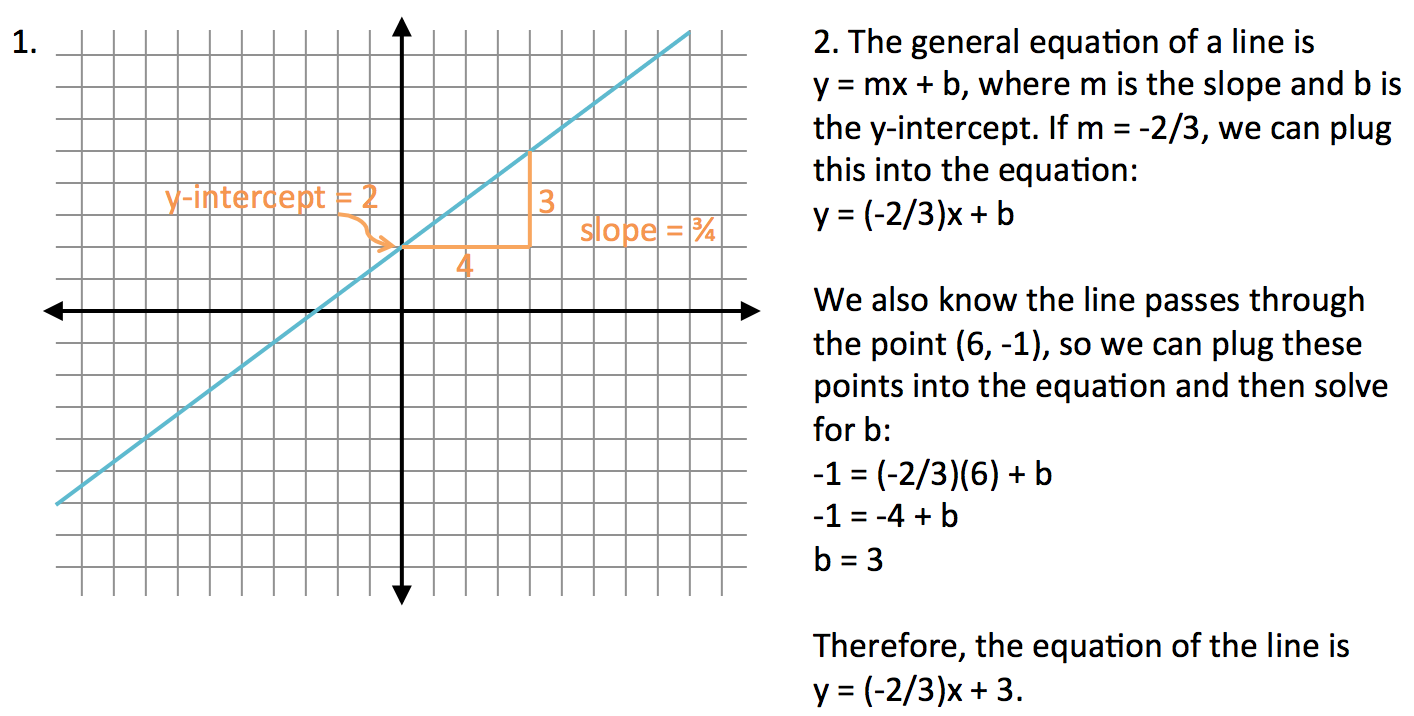

So, the y-intercept of the line is equal to C/B or the point (0, C/B). For example, these are linear equations in slope-intercept form: y=2x+1 y = 2x + 1 y=-3x+2. Write the answer in slope-intercept form or standard form. Step 1: First of all, take the given slope and y-intercept of the line. Question: Write an equation of the line satisfying the given conditions.
#SLOPE EQUATION CALCULATOR HOW TO#
Expert Answer Previous question Next question Get more … How to convert Point Slope to Standard Form Example of Converting from Point Slope to Standard Form Convert y − 3 = 5 ( x − 4) to standard form. Use two known points on the line, the slope and y-intercept, or the slope and one known point on the … To find the x intercept, you can use an x-intercept calculator, and same as for finding y, you can take the assistance of a y-intercept calculator. ) = More about this equation of line in … Graph your problem using the following steps: Type in your equation like y=2x+1 (If you have a second equation use a semicolon like y=2x+1 y=x+3) Press Calculate it to graph! Graphing Equations Video Lessons Khan Academy Video: Graphing Lines Khan Academy Video: Graphing a Quadratic Function Need more problem types? Calculus Calculus questions and answers Convert the equation in Standard form to Slope-intercept form. Now you have a standard form equation! Using the slope intercept form, equation of straight line can be calculated as, y = mx + b, where 'm' is the slope of the straight line and 'b' is the y-intercept. Slope of the linear regression line through the data points in A3:A9 and B3:B9.Slope Intercept To Standard Form Calculator. If you need to, you can adjust the column widths to see all the data. For formulas to show results, select them, press F2, and then press Enter. The LINEST algorithm is designed to return reasonable results for collinear data, and in this case at least one answer can be found.Ĭopy the example data in the following table, and paste it in cell A1 of a new Excel worksheet.

The SLOPE and INTERCEPT algorithm is designed to look for one and only one answer, and in this case there can be more than one answer. SLOPE and INTERCEPT return a #DIV/0! error. For example, if the data points of the known_y's argument are 0 and the data points of the known_x's argument are 1: The difference between these algorithms can lead to different results when data is undetermined and collinear. The underlying algorithm used in the SLOPE and INTERCEPT functions is different than the underlying algorithm used in the LINEST function. Where x and y are the sample means AVERAGE(known_x’s) and AVERAGE(known_y’s). The equation for the slope of the regression line is: If known_y's and known_x's are empty or have a different number of data points, SLOPE returns the #N/A error value. If an array or reference argument contains text, logical values, or empty cells, those values are ignored however, cells with the value zero are included. The arguments must be either numbers or names, arrays, or references that contain numbers. An array or cell range of numeric dependent data points. The SLOPE function syntax has the following arguments: The slope is the vertical distance divided by the horizontal distance between any two points on the line, which is the rate of change along the regression line. Returns the slope of the linear regression line through data points in known_y's and known_x's. This article describes the formula syntax and usage of the SLOPE function in Microsoft Excel.


 0 kommentar(er)
0 kommentar(er)
